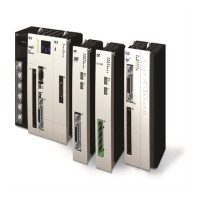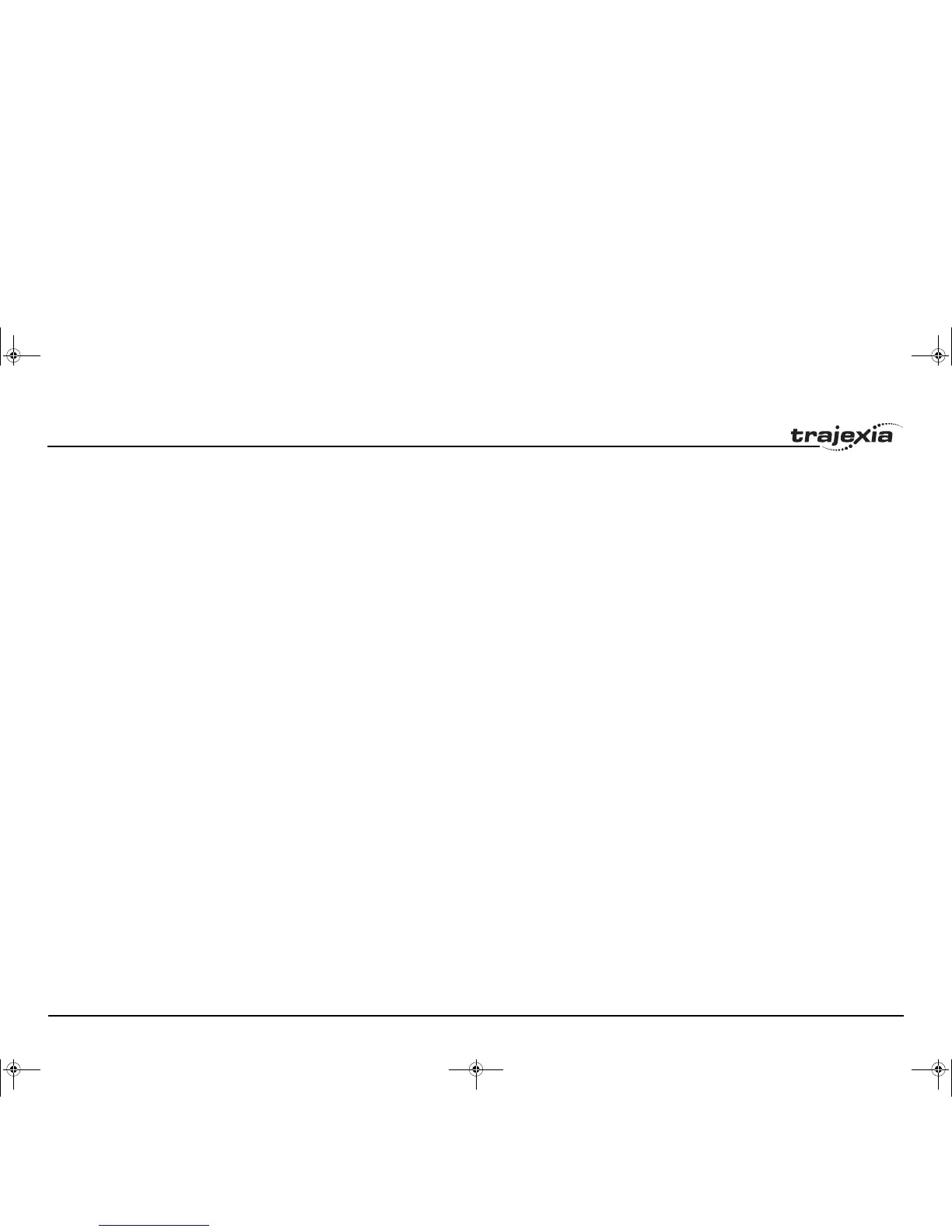BASIC commands
PROGRAMMING MANUAL 42
Revision 3.0
3.2.5 ^ (Power)
/i
3.2.6 = (Is equal to)
/i
3.2.7 = (Assignment)
/i
3.2.8 <> (Is not equal to)
/i
Type Mathematical function
Syntax expression_1 ^ expression_2
Description The power operator ^ raises expression_1 to the power of expression_2.
This operation uses floating point algorithms and may give small deviations for
integer calculations.
Arguments • expression_1
A BASIC expression.
• expression_2
A BASIC expression.
Example result = 2^5
This assigns the value 32 to variable result.
See also N/A
Type Mathematical function
Syntax expression1 = expression2
Description The operator = returns TRUE if expression1 is equal to expression2, other-
wise it returns FALSE.
Arguments • expression1
Any valid BASIC expression.
• expression2
Any valid BASIC expression.
Example IF a = 10 THEN GOTO label1
If variable a contains a value equal to 10, program execution continues at
label label1. Otherwise, program execution continues with the next statement.
See also N/A
Type Mathematical function
Syntax variable = expression
Description The operator = assigns the value of the expression to the variable.
Arguments • variable
A variable name.
• expression
Any valid BASIC expression.
Example var = 18
Assigns the value 18 to variable var.
See also N/A
Type Mathematical function
Syntax expression1 <> expression2
Description The operator <> returns TRUE if expression1 is not equal to expression2,
otherwise it returns FALSE.
Arguments • expression1
Any valid BASIC expression.
• expression2
Any valid BASIC expression.
Example IF a <> 10 THEN GOTO label1
If variable a contains a value not equal to 10, program execution continues at
label label1. Otherwise, program execution continues with the next state-
ment.
See also N/A
I52E-EN-03.book Seite 42 Freitag, 29. Juni 2007 11:55 11

